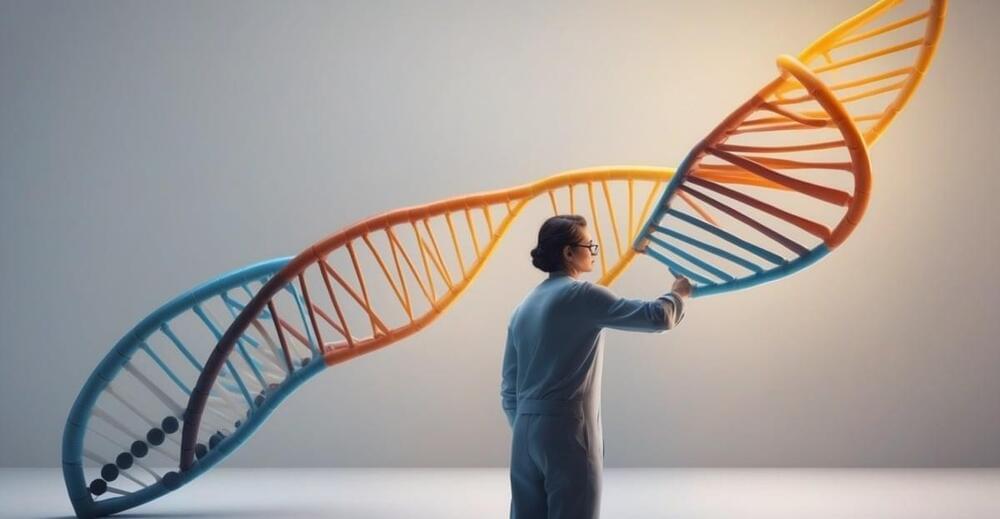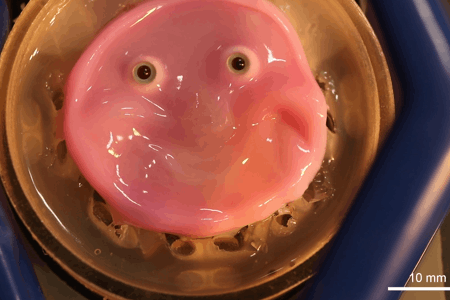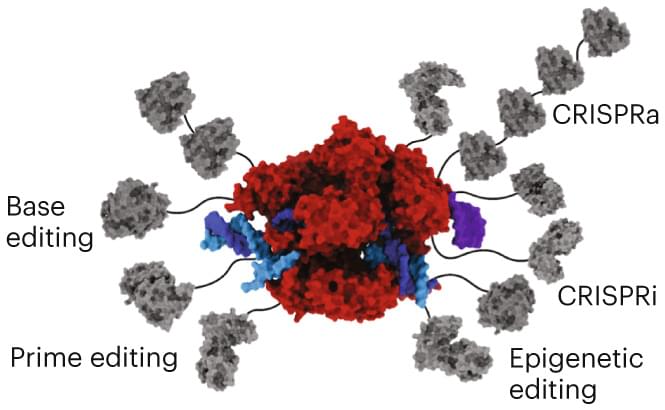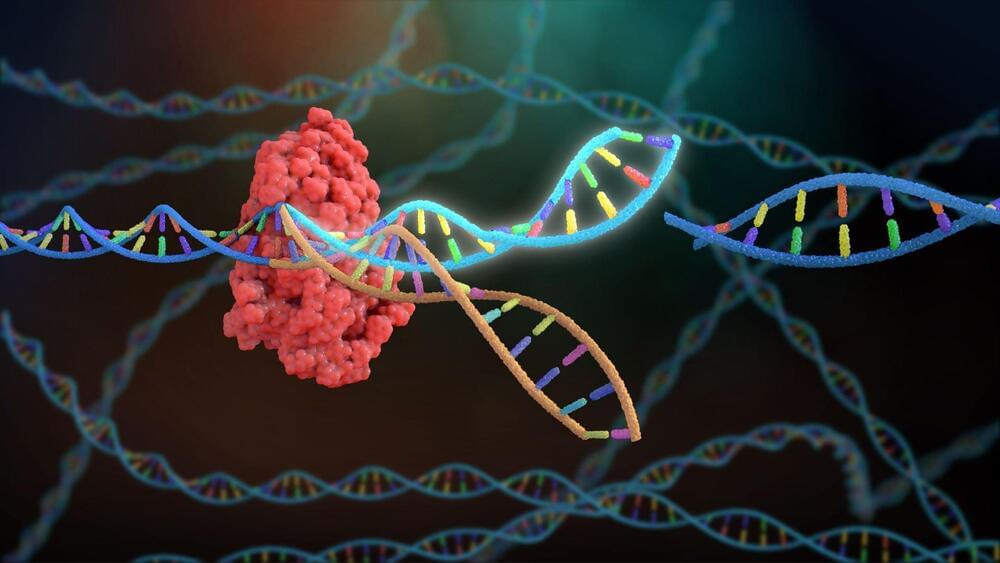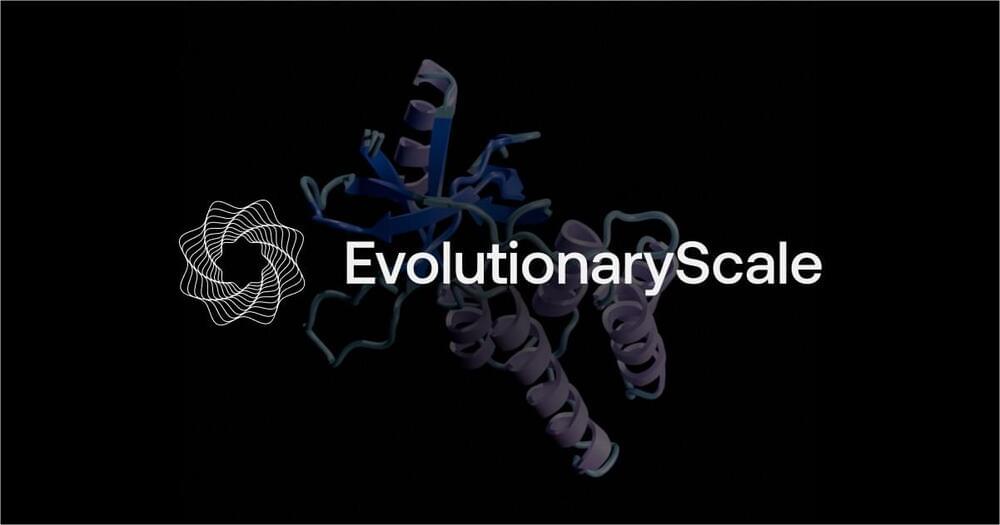
More than 3.5 billion years ago, life on Earth emerged from chemical reactions. Nature invented RNA, proteins, and DNA, the core molecules of life, and created the ribosome, a molecular factory that builds proteins from instructions in the genome.
Proteins are wondrous dynamic molecules with incredible functions—from molecular engines that power motion, to photosynthetic machines that capture light and convert it to energy, scaffolding that builds the internal skeletons of cells, complex sensors that interact with the environment, and information processing systems that run the programs and operating system of life. Proteins underlie disease and health, and many life-saving medicines are proteins.
Biology is the most advanced technology that has ever been created, far beyond anything that people have engineered. The ribosome is programmable—it takes the codes of proteins in the form of RNA and builds them up from scratch—fabrication at the atomic scale. Every cell in every organism on earth has thousands to millions of these molecular factories. But even the most sophisticated computational tools created to date barely scratch the surface: biology is written in a language we don’t yet understand.
